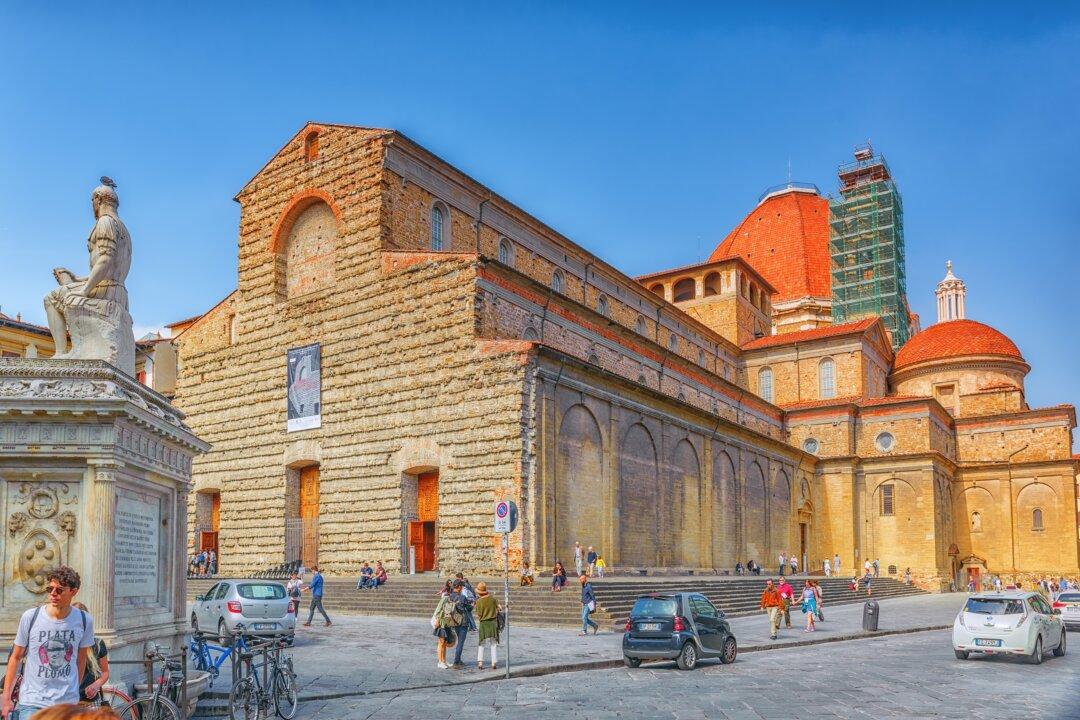My earliest memories of Italy are of Venice. In such a strange and magical world, I felt like Alice in Wonderland; as a child, I chased pigeons around St. Mark’s Square, while my father painted watercolors of the scene.
Later, as part of my art history studies, I traveled frequently from Salzburg, where I studied, to Umbria and Tuscany, learning about the art treasures in churches, monasteries, and museums.



